Targeted Plasmalogen Quantification (PE[P-], PC[P-])
Quantify predefined plasmalogen species using internal standards and matrix-matched calibration. Scheduled MRM/PRM ensures reproducible absolute or relative results.
Plasmalogens are a specialized subclass of glycerophospholipids characterized by a vinyl-ether linkage at the sn-1 position and an esterified fatty acid at sn-2. They are most commonly found as phosphatidylethanolamine (PE[P-]) and phosphatidylcholine (PC[P-]) species in cellular membranes.
This vinyl-ether bond gives plasmalogens unique biochemical properties. It enhances membrane fluidity, contributes to lipid raft formation, and provides antioxidant capacity by scavenging reactive oxygen species. These functions make plasmalogens particularly relevant in studies of oxidative stress, aging, neurobiology, and lipid remodeling.
Analytically, distinguishing between plasmalogens (P-) and plasmanyl lipids (O-) is essential. Although isobaric, only plasmalogens contain the vinyl-ether bond, which requires bond-specific confirmation to avoid misidentification. As such, targeted workflows that preserve the vinyl linkage and separate isomeric species are critical for accurate measurement.

Targeted Plasmalogen Quantification (PE[P-], PC[P-])
Quantify predefined plasmalogen species using internal standards and matrix-matched calibration. Scheduled MRM/PRM ensures reproducible absolute or relative results.

Comprehensive Ether Lipid Profiling
Profile both plasmalogens (P-) and plasmanyl (O-) lipids to reveal the balance between vinyl-ether and alkyl-ether forms in your samples.

Vinyl-Ether Bond Confirmation (Optional)
Confirm true plasmalogens via acid cleavage and GC–MS detection of dimethyl acetals (DMA), resolving isobaric O-ether interferences.

Isomer-Resolved Annotation
High-resolution LC–MS/MS distinguishes positional and structural isomers sharing the same m/z, improving annotation confidence.

Redox-Protected Extraction
Cold, antioxidant-assisted extraction prevents vinyl-ether oxidation and maintains molecular integrity throughout processing.

Custom Analytical Panel Design
Tailor compound panels by headgroup, chain length, or unsaturation level to match specific research or metabolic applications.
| Class | Validated species (sum composition examples) |
|---|---|
| PE-plasmalogens (PE[P-]) | PE(P-16:0/18:1), PE(P-16:0/18:2), PE(P-16:0/20:4), PE(P-16:0/22:6), PE(P-18:0/18:1), PE(P-18:0/18:2), PE(P-18:0/20:4), PE(P-18:0/22:6), PE(P-18:1/18:1), PE(P-18:1/20:4) |
| PC-plasmalogens (PC[P-]) | PC(P-16:0/18:1), PC(P-16:0/18:2), PC(P-16:0/20:4), PC(P-16:0/22:6), PC(P-18:0/18:1), PC(P-18:0/20:4), PC(P-18:0/22:6), PC(P-18:1/20:4) |
| Lyso-plasmalogens (LPE[P-], LPC[P-]) | LPE(P-16:0/0:0), LPE(P-18:0/0:0), LPE(P-18:1/0:0); LPC(P-16:0/0:0), LPC(P-18:0/0:0), LPC(P-18:1/0:0) |
| Plasmanyl ether PE (PE[O-]) | PE(O-16:0/18:1), PE(O-16:0/20:4), PE(O-16:0/22:6), PE(O-18:0/20:4), PE(O-18:0/22:6) |
| Plasmanyl ether PC (PC[O-]) | PC(O-16:0/18:1), PC(O-16:0/20:4), PC(O-16:0/22:6), PC(O-18:0/20:4), PC(O-18:0/22:6) |
Notes: Species availability depends on matrix and standards. We confirm plasmenyl (P-) vs plasmanyl (O-) where required. Panel expansion to additional chains (e.g., 22:5, 20:1) is available on request.
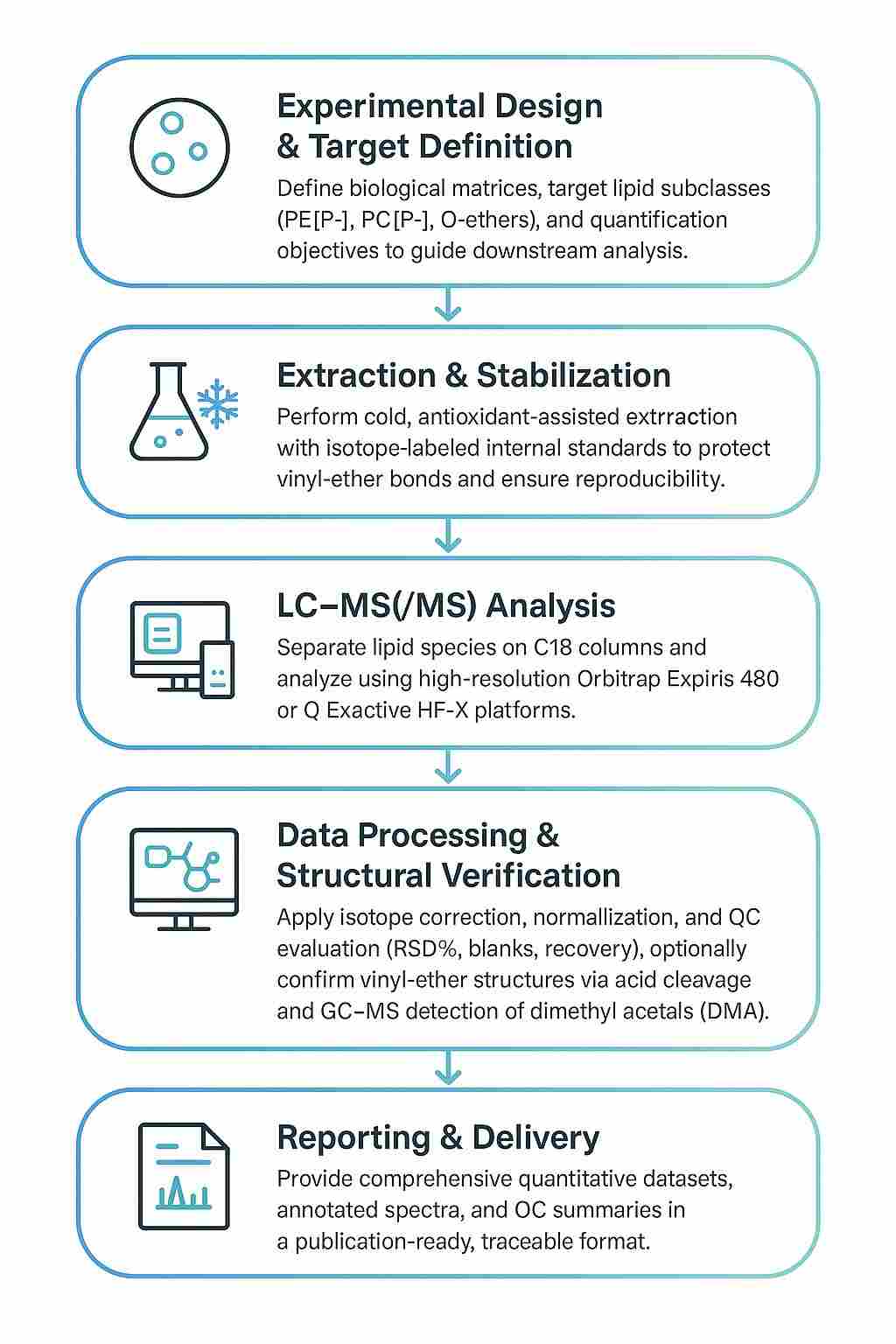
HRAM LC–MS Profiling (untargeted/species-resolved):
Platforms: Thermo Orbitrap Exploris 480 or Q Exactive HF-X
LC: C18 reverse-phase (2.1 × 100 mm, 1.7 µm); gradient of ACN/H₂O and IPA/ACN with ammonium formate/formic acid
Ionization & Scans: ESI±; full scan m/z 200–2,000 with data-dependent MS/MS; resolving power typically 60k–120k at m/z 200
Purpose: Comprehensive coverage for plasmalogen species annotation and isobar resolution
Targeted LC–MS/MS (absolute/relative quant):
Platforms: SCIEX Triple Quad 6500+ or equivalent.
Acquisition: Scheduled MRM of PE(P-) and PC(P-) transitions; class-specific fragments and acyl anions in confirmatory MS/MS.
Purpose: High-sensitivity quant for predefined panels.
Vinyl-Ether Confirmation (optional):
Chemistry: Acid cleavage of the vinyl-ether to form dimethyl acetals (DMAs).
GC–MS: DMA profiling confirms plasmalogen presence alongside LC–MS species calls.
Key QA/Controls: Class-matched internal standards, pooled-matrix QCs, blanks, and replicate injections.
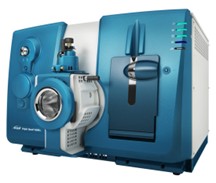
SCIEX Triple Quad™ 6500+ (Figure from Sciex)
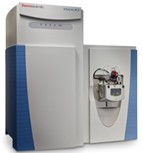
Q Exactive HF-X MS
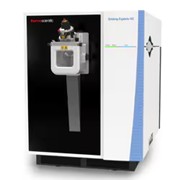
Orbitrap Exploris 480 (Figure from Thermo Fisher)
Explore our Lipidomics Solutions brochure to learn more about our comprehensive lipidomics analysis platform.
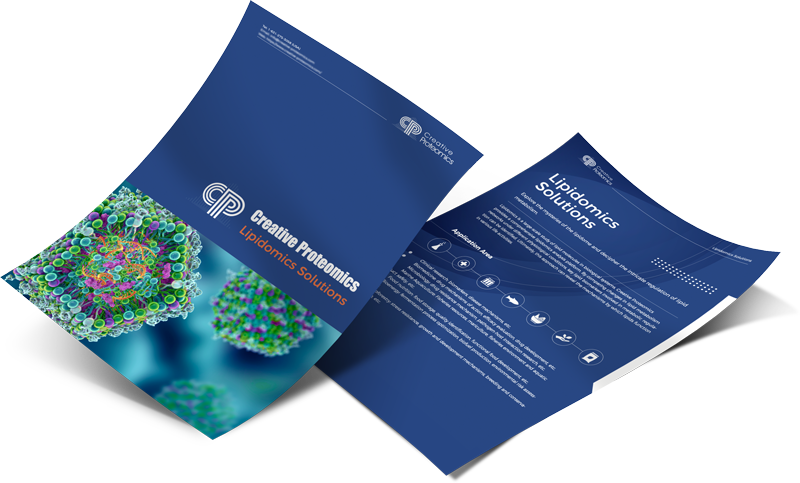
Redox Biology
Evaluate vinyl-ether lipids as endogenous antioxidants and oxidative stress markers.
Neuroscience Research
Study plasmalogen remodeling in brain membranes and synaptic lipid turnover.
Aging and Metabolism Studies
Track age-related shifts in ether lipid composition and metabolic flux.
Membrane Biophysics
Correlate plasmalogen levels with changes in membrane curvature and fluidity
Microbial and Fermentation Systems
Profile ether lipid synthesis in engineered or natural microbial strains.
Nutritional and Food Lipidomics
Quantify plasmalogen content in food sources and functional lipid products.
| Sample type | Minimum amount | Container | Storage | Handling / notes |
|---|---|---|---|---|
| Plasma / Serum | 100 µL | Low-bind microtube | –80 °C | Record fasting/status and anticoagulant; avoid >1 freeze–thaw. |
| Whole blood | 200 µL | EDTA tube | –80 °C | Mix gently; separate plasma if possible before freezing. |
| Tissue (animal/plant) | 50–100 mg | Cryovial | –80 °C | Snap-freeze post-collection; note tissue type/region and wet weight. |
| Cell pellet | ≥1×106 cells | Low-bind tube | –80 °C | Wash with cold PBS; remove media; record cell count and viability. |
| Microbial / Fermentation broth | 5–10 mL or pellet from equivalent | Screw-cap tube/bottle | –80 °C | Provide medium composition; quench rapidly; clarify particulates if needed. |
| Food / Ingredient / Oil | 100–200 mg or 100 µL | Sealed vial | –80 °C | Homogenize; note moisture/fat content; shield from light. |
| CSF / Other biofluids | 100 µL | Low-bind tube | –80 °C | Pre-clear debris by gentle spin; document collection conditions. |
General: Ship on dry ice. Use amber or foil wrap to limit oxidation and light exposure. Include sample metadata (matrix, species/strain, harvest timepoint, treatments) to support normalization and interpretation.
What exactly are plasmalogens and why do researchers measure them?
Plasmalogens are ether glycerophospholipids with a vinyl-ether bond at sn-1 that influence membrane organization, signaling, and redox buffering; quantifying them helps track oxidative stress and lipid remodeling in cells and tissues.
How do you distinguish true plasmalogens (P-) from plasmanyl (O-ether) lipids?
We combine chromatographic behavior and MS/MS fragments with an optional acid-cleavage step that converts the vinyl-ether into dimethyl acetals (DMAs) for GC–MS readout—an established way to discriminate P- from O-ether species.
Why is the vinyl-ether bond confirmation step (DMA) important?
The P- and O-ether subclasses can be isobaric; verifying the vinyl-ether via acid hydrolysis→DMA prevents misassignment and strengthens structural confidence for publication-grade results.
What precautions reduce plasmalogen degradation during sample prep?
Because the vinyl-ether is oxidation- and acid-sensitive, best practice uses cold, antioxidant-supported extraction, minimal freeze–thaw, and protection from light—approaches shown to limit loss and artifactual oxidation.
Which analytical platforms are suitable for plasmalogen quantification?
High-resolution Orbitrap LC–MS for species-resolved profiling and LC–MS/MS for targeted quantitation are widely used; emerging ion-mobility strategies can further separate ether subclasses when needed.
Do plasmalogens act as antioxidants?
Yes—plasmalogens can serve as "sacrificial" antioxidants: the vinyl-ether preferentially oxidizes, helping protect polyunsaturated lipids and membrane domains from damage.
What biological or applied contexts benefit most from plasmalogen profiling?
Studies of membrane biophysics, redox biology, neurobiology, metabolism/aging, microbial ether-lipid synthesis, and food/nutritional lipidomics all leverage plasmalogen measurements to interpret structural and pathway changes.
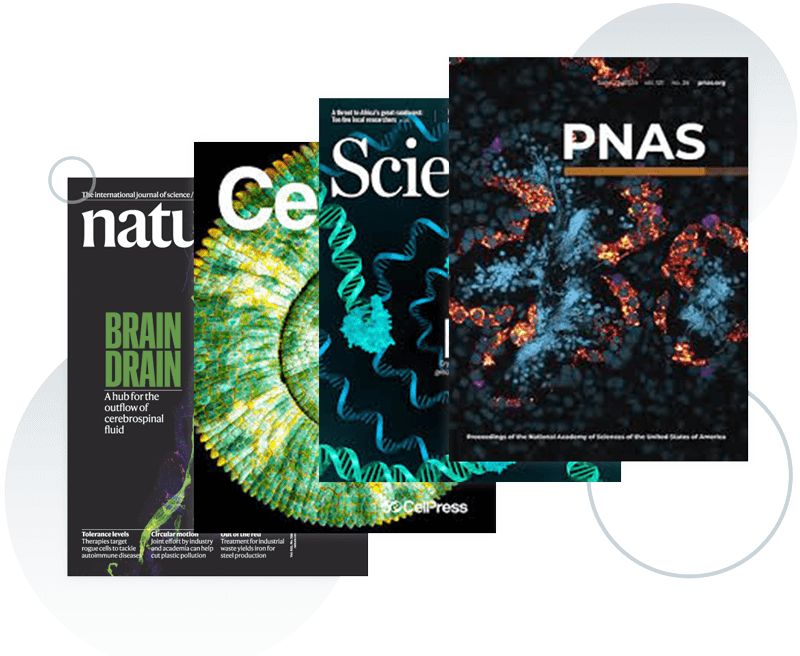
Services:
Online Inquiry
CONTACT US

